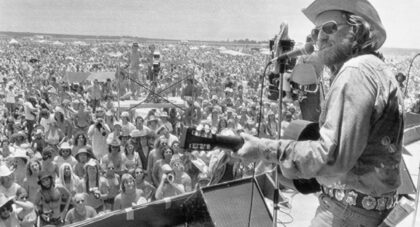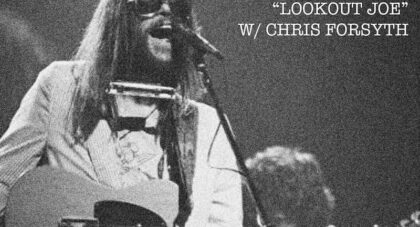The Chicago-born, nonagenarian American saxophonist and composer Leon “Lee” Konitz, known most notably for his pioneering playing on Miles Davis’ 1950 Birth of the Cool album, passed away on Thursday night from complications with the Covid-19 virus . . .
Only the good shit. Aquarium Drunkard is powered by its patrons. Keep the servers humming and help us continue doing it by pledging your support.
To continue reading, become a member or log in.


